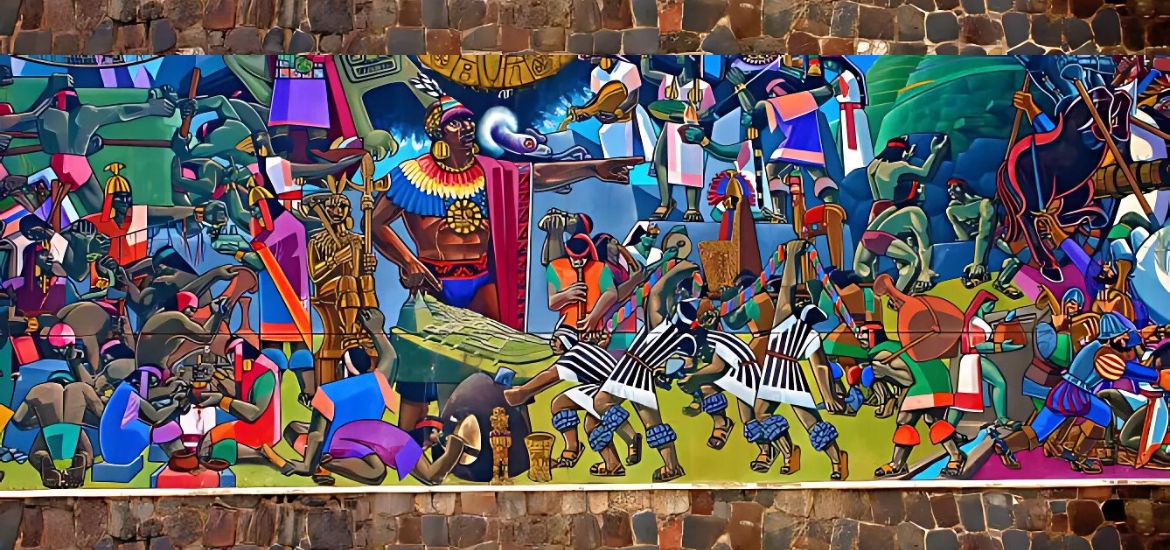One of the greatest empires on the planet was the once-powerful Empire of the Incas, also known as “Tahuantinsuyo”, a Quechua word that means “4 regions,” alluding to how the Incas divided their kingdom. Join us as we see the importance, legacy, and expansion of the Inca Empire.
Tahuantinsuyo Origin
Just like the origins of great empires around the world, you can find also legends and mysteries surrounding the born of the Inca Empire. According to ancient records and documents probably the Inca Empire originated in the Urubamba Valley, after the Incas fought other neighboring peoples. However, there’s nothing true yet. So, let’s see some legends regarding the origin of this powerful empire.
Manco Capac and Mama Ocllo Legend
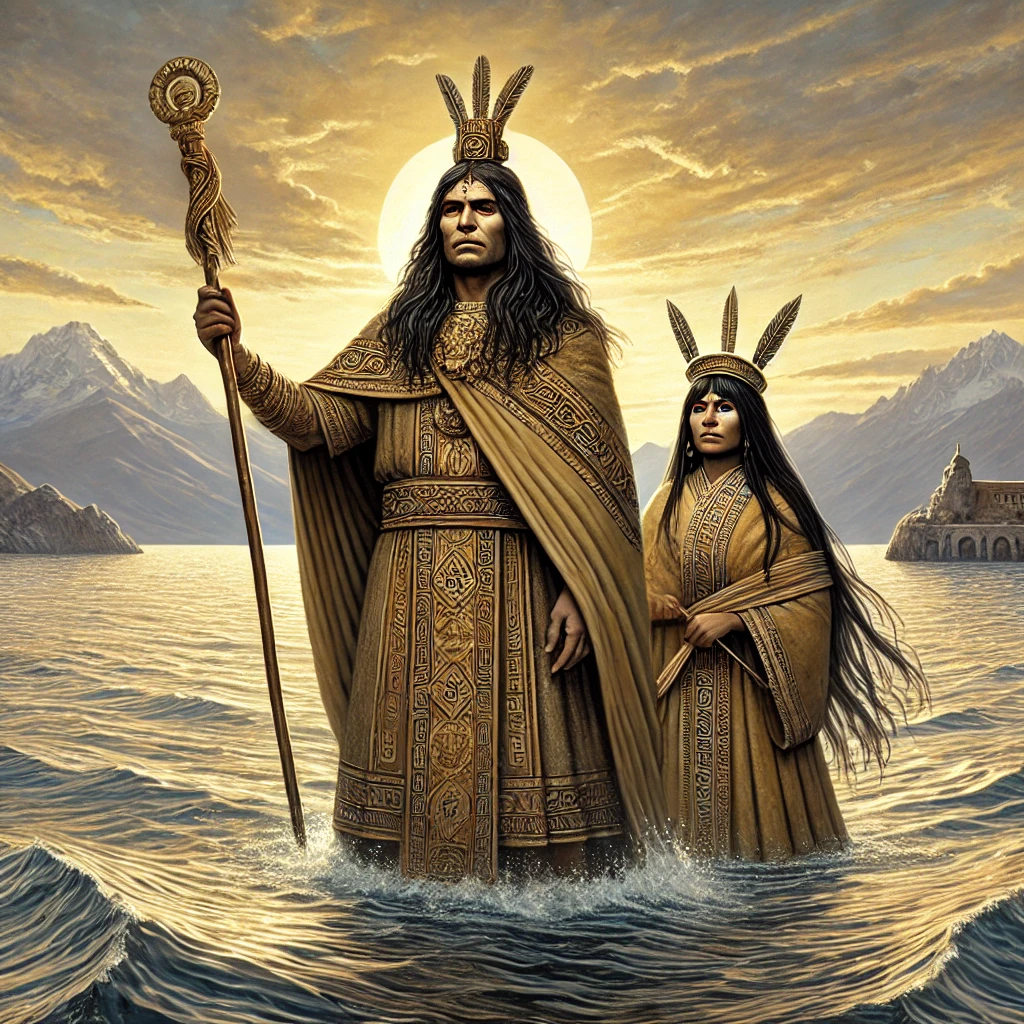
One of the legends about the founders of the Inca Empire is the one about Manco Cápac and Mama Ocllo legend. According to this story, both came from Lake Titicaca, sent by their father Inti, the Sun god. Their father wanted both to create an empire. Inti god gave them a golden staff, which they planted in the Cusco Valley, which marked the future capital of the Inca Empire.
Ayar Brothers Legend
This myth is also related to the origin of the empire. The god Ticci Viracocha sent his strongest children to find fertile land for corn. Among them were four brothers—Ayar Uchu, Ayar Cachi, Ayar Manco, and Ayar Auca—and their sisters. Each sibling had a special skill, with Ayar Manco and Mama Ocllo guiding the group.
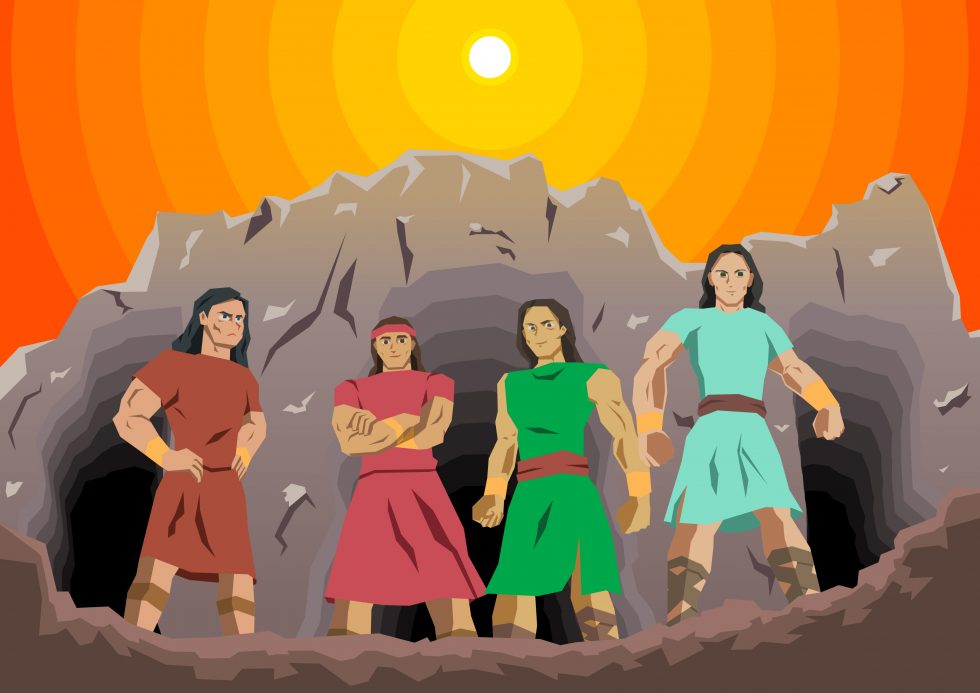
After overcoming tough challenges, like Ayar Cachi and Ayar Uchu being turned to stone, Ayar Manco and his sisters reached the beautiful Cusco Valley. Upon arrival, Manco Cápac planted a golden staff, marking the start of the Inca Empire, called Tawantinsuyu.
Manco Cápac eagerly shared his farming and building skills with the men, while Mama Ocllo kindly taught the women how to weave and spin, so their descendants proudly continued this work. They grew the empire, honored the sun god, and cherished their ancestors’ traditions.
Expansion and division of the Tahuantinsyo
The expansion of the Inca people came after the Incas settled in Cusco, which was the capital of their empire. During its prime, the empire extended 2.500.000 km² through Bolivia, Ecuador, Argentina, and even Central Chile. The Inca empire was divided into 4 regions, known as suyos: The four regions were:
Chinchaysuyu (Northwest Region)
Chinchaysuyu was the Inca Empire’s largest region. It covered parts of modern Ecuador, northern Peru, and southern Colombia. Its capital, Cajamarca, played an important role in the north. This region had abundant resources, such as gold, silver, and fertile land.
Additionally, its key location made it a hub for cultural exchanges with pre-Inca civilizations. A significant moment in Inca history occurred in 1532 when Francisco Pizarro captured Emperor Atahualpa in Cajamarca.
Antisuyu (Northeast Region)
Antisuyu was located in the Amazon Basin and included parts of eastern Peru, Bolivia, and Brazil. This region was rich in timber, rubber, and medicinal plants. The Incas worked to integrate ethnic groups through friendly diplomacy, although the task was hard.
Diseases and remote areas made it difficult to conquer; yet, Antisuyu eventually served as a protective buffer zone, with defenses built to protect against outside attacks. Aside from the resources they found in this area, one that created a crucial part of their lives was the coca leaf.
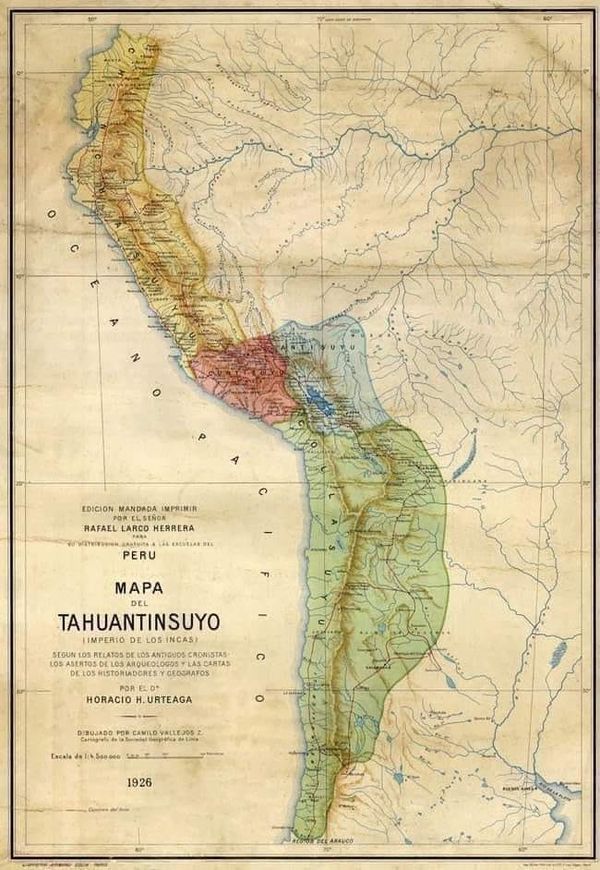
Cuntisuyo (Southwest Region)
In the southwest, Contisuyo stretched across southern Peru and northern Chile. This region has beautiful deserts, coasts, and the Atacama Desert. Kuntisuyo played an important role in salt production, fishing, and cultivating essential crops like quinoa and potatoes. Also, Contisuyo was key for military strategies.
Collasuyu (Southeast Region)
Collasuyu was a beautiful region that included southern Peru, Bolivia, and parts of Chile and Argentina. This area was known for its stunning landscapes and rich agriculture, especially around Lake Titicaca. People raised camelids such as alpacas here, which were very important to the community. Collasuyu also held great cultural and spiritual significance, as it was the birthplace of the first Inca emperor.
This system helped the Incas control their vast empire and ensure that all parts of the empire worked together. All four regions came together under the leadership of the Sapa Inca or Inca Emperor, who lived in Cuzco, the heart of the inca territory.
The Sapa Inca held the highest authority, while local leaders focused on keeping order, collecting tribute, and ensuring everything ran smoothly in their regions. The suyos were connected by the impressive Inca road system, known as Qhapaq Ñan.
This network of roads made it easy for people to communicate, trade, and move troops. By stretching across the empire, these roads helped the Incas maintain strong connections with all regions and fostered unity throughout the empire.
Social Structure
The Inca society had a structured hierarchy that helped the vast Tahuantinsuyo empire run smoothly. At the top was the Sapa Inca, the supreme ruler, who was seen as a “child of the sun, ” a divine leader with significant authority. Next came the Auqui, who were the priests and clergy.
They played an important role in the religious and spiritual life of the empire. Following them were the royal Panacas, the first generations of the royal family who were closely related to the Inca. The Nobility of Blood included other royal family members who enjoyed special privileges and status.
The Nobility of Privilege was similar to the European aristocracy, consisting of priests, chiefs, and advisors to the Inca. These individuals held essential administrative and religious roles.
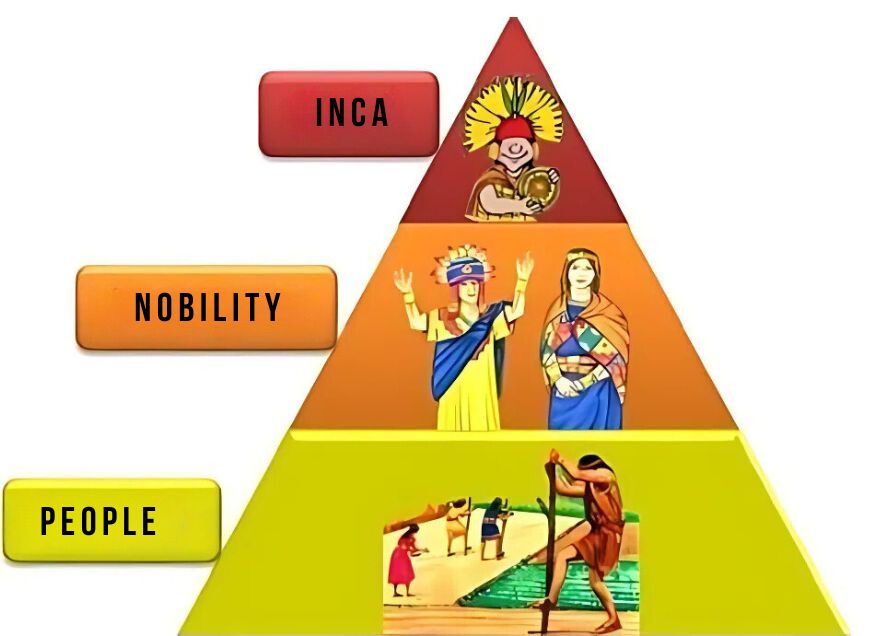
The Hatun Runa represented the general population, made up of farmers, artisans, and workers who supported the empire’s economy. The Mitimaes were groups assigned to settle new territories and share Inca traditions and culture in the areas they conquered.
Lastly, the Yanaconas were the lowest social class, with limited rights, serving directly under the Inca and the nobility by performing various labor tasks.
This structured system helped maintain order and unity within Tahuantinsuyo, strengthening the Inca influence over the many regions and cultures they governed.
Fall of the Tahuantinsuyo
The Inca Empire thrived in the early 16th century, showcasing remarkable achievements. However, it began to face challenges with the arrival of the Spanish conquistadors. In 1532, Spanish explorer Francisco Pizarro arrived in Peru.
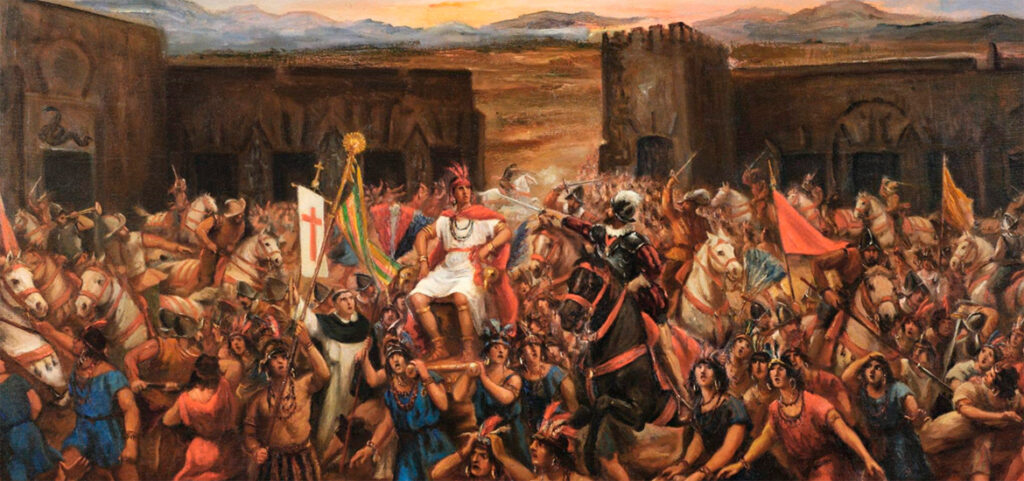
At that time, the Spanish tricked and captured Atahualpa, the Inca ruler at that time. Spanish took advantage of his innocence and the civil war which ended a few times before. Later Spaniards killed him and they began their conquest. This event marked a difficult turning point for the Inca Empire.
The Spanish brought their religion, traditions, and even diseases like smallpox, which greatly affected the Inca population. This, along with the strength of the Spanish army, led to the empire’s decline. By 1572, the last Inca stronghold, Vilcabamba, fell to the Spanish, signaling the end of the Inca Empire.
Legacy of the Tahuantinsuyo
The Inca Empire may have ended over 500 years ago, but its legacy is alive and well today. The Inca people were amazing at agriculture, engineering, and architecture. Their contributions still inspire many people around the world. We can still see many of the roads, terraces, and buildings they built, which remind us of their rich history.
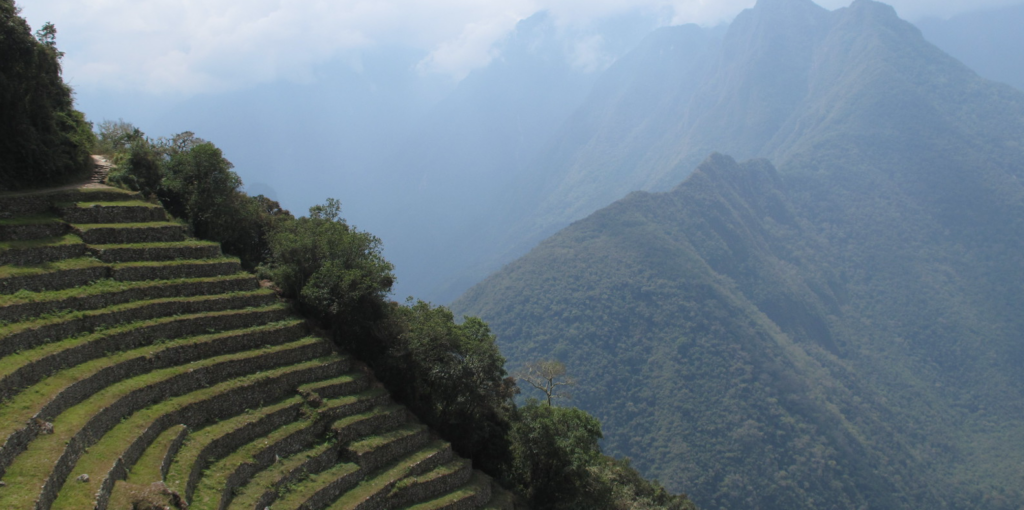
In Peru, millions of people still speak the Quechua language, and Inca traditions are an important part of the culture. In Cusco, the city which was once the heart of the empire, you can see archaeological ruins, streets, and places where you can have an idea of how great these people
Places like the Sacred Valley, filled with Inca culture, and the same Qapaq Ñan, where you can visit trekking the Inca trail are living proofs of their legacy. The ancient Machu Picchu citadel is the most wonderful example of this incredible civilization. This world wonder attracts tourists from all over the globe who are eager to learn about the fascinating past of the Incas.
To learn in situ more about the places where Incas lived once, why don’t come to Peru? We’d be more than glad to have you here! Remember that Viagens Machu Picchu can help you with that. Our more than 100,000 clients confirmed our service helped them to have a wonderful stay in Inca lands. Contact us to start taking to first step into your adventure. Peru, the ancient land of the Incas is waiting for you!
Viagens Machu Picchu, journeys that inspire, moments that last.

